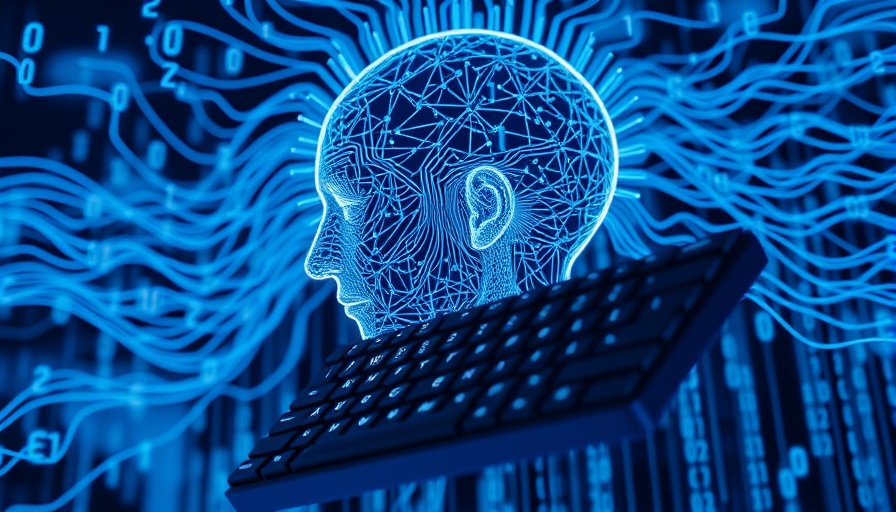
Revolutionizing Infrastructure: The Role of Generative AI
As technology continues to evolve at a rapid pace, one of the most exciting advancements is the application of generative AI in infrastructure automation. Spacelift is at the forefront of this revolution, leveraging cutting-edge artificial intelligence to improve the efficiency and effectiveness of DevOps practices. This not only streamlines processes but also empowers teams to focus on more strategic tasks, enhancing overall productivity.
Understanding Generative AI and Its Benefits
Generative AI refers to algorithms that can generate new content or data based on existing information. By applying this technology to infrastructure automation, Spacelift enables organizations to automate complex tasks that would traditionally require significant time and human resources. This capability results in faster deployment of applications and services while reducing the likelihood of human error.
How Spacelift's Technology Empowers Teams
Imagine a world where developers can spend less time setting up environments and more time writing code. Spacelift's generative AI tools are designed to allow teams to automate repetitive tasks, such as provisioning infrastructures or managing configurations, facilitating a faster implementation of Agile DevOps methodologies. This shift allows for a more fluid collaboration between team members, encouraging innovation and faster problem-solving.
Enhancing Security with DevSecOps Integration
In today's digital landscape, security is a paramount concern. By integrating generative AI into infrastructure automation, Spacelift enhances the principles of DevSecOps, ensuring security is embedded within the development process. This proactive approach allows teams to identify and address vulnerabilities before they become significant issues, promoting a culture of security awareness throughout the organization.
A Future Driven by AI in DevOps
Looking to the future, the impact of generative AI on infrastructure automation is poised to grow even stronger. As organizations increasingly adopt these technologies, we can expect a shift toward more intelligent systems that can predict and respond to developer needs. Companies that embrace this change are likely to lead in competitive markets, fostering innovation and improved customer experiences.
Actionable Insights for Developers and Teams
The introduction of generative AI in automation represents more than just a trend; it signals a fundamental shift in how infrastructure is managed. Developers and organizations should consider adopting these tools to elevate their workflow efficiency and enhance their Agile frameworks. Engaging with platforms like Spacelift can lead to unlocking untapped potential in project management, making it essential for any team serious about maximizing its Agile DevOps capabilities.
 Add Row
Add Row  Add
Add 




Write A Comment